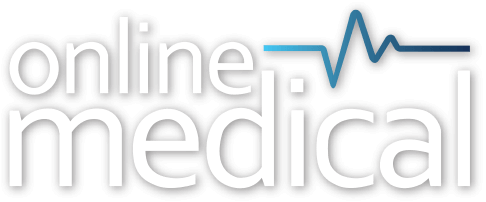
There is currently a huge push by software developers to produce systems that automate processes that hitherto have been performed by humans. Hence the enormous interest and investment in projects such as the driverless car. The simple fact is that humans are fallible, whilst computers are considerably less so. The other significant driving factor of course is cost. The biggest financial burden for any business (a specialist’s practice included) is the personnel that it employs. Whilst there are some initial costs in developing a system that employees would otherwise do, once that system is in place the employees are redundant and the ongoing cost is maintenance only. Many automatic processes have been in place for decades, for example the instrument landing system for aircrafts. Within the same industry, airlines have now made it so difficult for passengers to book a seat by telephone, that online booking is now the standard.
There are many processes within a specialist’s office that can be similarly automated:
Appointment booking
The more popular practice management software systems now allow the booking of appointments online. This is done through the practice website using an application programming interface (API). The integration is relatively easy and the costs are minimal. This is clearly an advantage within a multi-specialist practice where numerous staff are employed just to make appointments.
Patient registration
All new patients are required to fill out a registration form. This can now be done using an online form, once again via the practice website. The patient can complete the form at their leisure prior to their appointment or when they attend on the day using a tablet supplied by the office or their own smartphone. With regard to the latter it is obviously essential that the website is mobile responsive to facilitate this. The data entered can be automatically imported via an API into the practice management software, saving the office staff the task of having to input this manually.
Secure patient portal
Using the same data a login facility on the website for individual patients permits access of essential information. A simple patient profile is created automatically and patients are sent a verification email together with username and password details. Information regarding their condition and procedure can be posted within the portal by the practice staff, with automatic email notification to the patient. The other things that can be potentially posted within the portal include information about billing processes as well as invoices and upcoming appointments. Security of patient data is an obvious concern and significant effort would be expended to make the digital storage and access of this data as secure as possible.
Risk management
Placing information about the patient’s condition and procedure with important links through to the relevant section of the practice website has important implications with regards to risk management. This process rightly places considerably more responsibility on the patient as far as understanding their procedure and in particular the risks involved. Pairing an online booking process with a very simple tick-box form facility ensures that they have fully understood the benefits, risks and complications of their procedure. This essential step is completed before their procedure and there is an electronic record in the form of an email verifying the process.
GP information
With the ever-increasing sub-specialisation within our profession it is an enormous expectation that GPs understand the latest technology and procedures that are currently available to patients and how this impacts upon their own responsibility in general practice. GPs are as hungry as patients for this information. Clearly the information they need is somewhat more technical than that required by the patient. But why make them look beyond the practice for that information?
The solution is to provide a dedicated, secure part of the practice website, explicitly for medical professionals. A simple registration process especially for GPs allows them to access material in the form of videos and PowerPoint presentations, or other content that can placed within this section. If these presentations are amenable to gaining CPD points then so much the better. This will also double up as an excellent marketing tool for the practice as it demonstrates to the GP that the specialist is an expert in that field and is contemporary.
All of these processes can be facilitated through the practice website. The latter is no longer just an online brochure – it is now a tool that can potentially make life in the office a whole lot easier.

